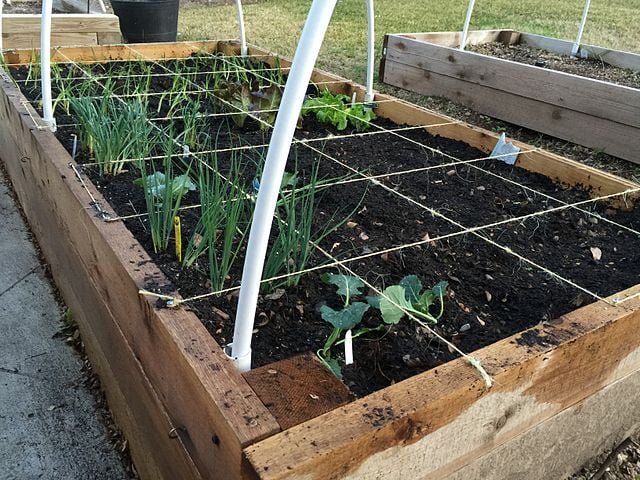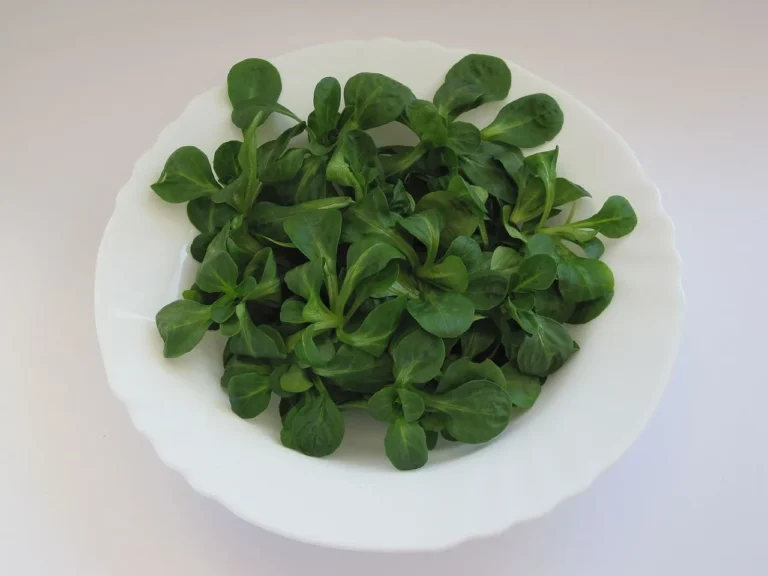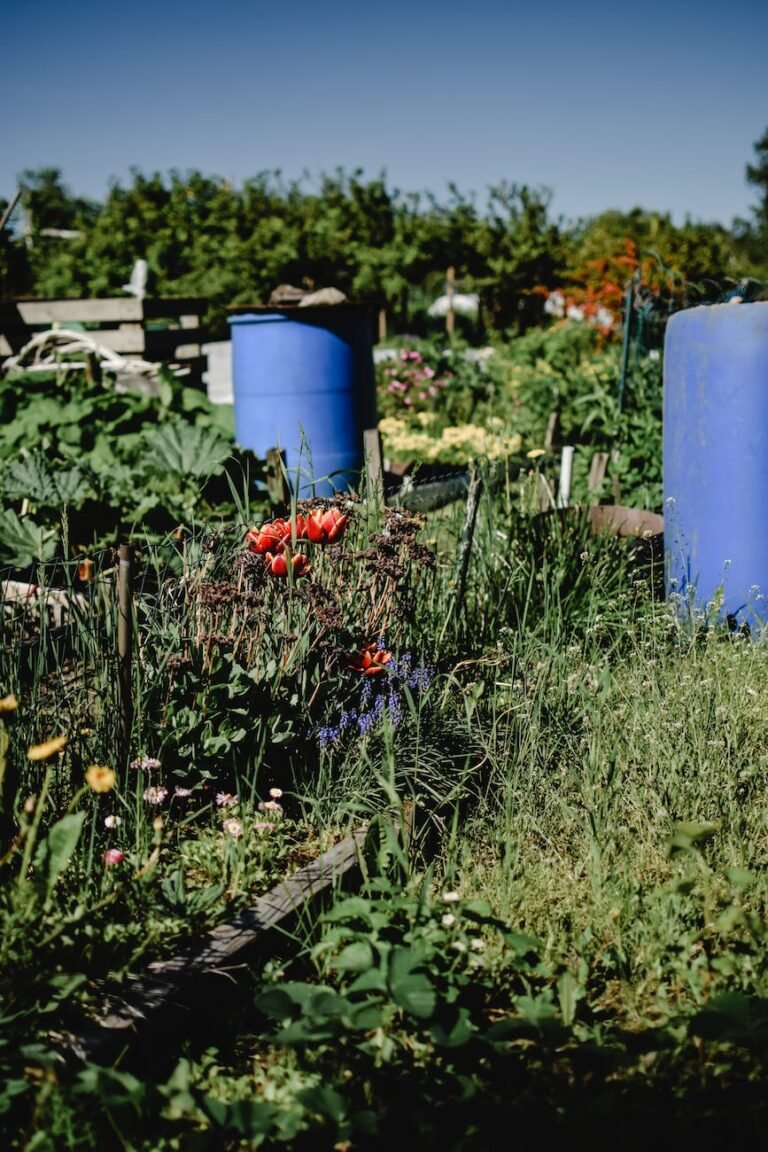Square Foot Gardening: Maximizing Your Harvest in a Small Space
Square foot gardening is a popular and efficient gardening method that allows you to maximize your harvest in a limited space. Whether you have a small backyard, balcony, or even just a few containers, square foot gardening offers a simple and organized approach to growing vegetables, herbs, and flowers. If you’re looking to make the most of your available space and enjoy a bountiful harvest, this guide will introduce you to the principles of square foot gardening.
Understanding Square Foot Gardening
Square foot gardening is a method developed by Mel Bartholomew that divides a garden bed or container into a grid of square foot sections. Each square foot is dedicated to growing a specific plant or a certain number of plants, based on their spacing requirements. This organized approach maximizes space utilization, minimizes weeds, and simplifies maintenance.
Planning Your Square Foot Garden
Before starting your square foot garden, consider the available space and the plants you want to grow. Determine the size and number of garden beds or containers based on your needs. A standard square foot garden bed is typically 4 feet by 4 feet, divided into sixteen 1-foot squares. However, you can adjust the size according to your available space and preferences.
Creating the Grid
To create the grid, mark out the boundaries of your garden bed or container using string, wooden stakes, or any other suitable materials. Divide the bed into equal sections of 1-foot squares. You can use wooden slats, string, or even permanent dividers to create the grid. This grid serves as a visual guide to determine the planting locations for each crop.
Selecting Plants and Spacing
Choose plants that suit your growing conditions, climate, and personal preferences. Refer to plant tags, seed packets, or gardening resources to determine the recommended spacing for each plant. For example, a tomato plant may require a 1-foot square, while smaller plants like radishes can be grown several per square foot. Follow spacing guidelines to ensure proper growth and avoid overcrowding.
Planting and Caring for Your Square Foot Garden
When it’s time to plant, simply follow the grid and allocate the appropriate number of plants or seeds to each square. Dig a small hole or create a furrow for the seeds, ensuring they are placed at the correct depth. Water the garden bed thoroughly after planting, and continue to provide regular watering to keep the soil consistently moist. Mulch around the plants to suppress weeds and retain moisture.
Maintaining Your Square Foot Garden
Square foot gardening requires minimal maintenance. Monitor soil moisture levels regularly and water as needed, avoiding both overwatering and underwatering. Remove any weeds that emerge within the squares, as they can compete with your plants for nutrients and space. Provide support structures, such as trellises or stakes, for climbing plants like tomatoes or cucumbers. Harvest your crops as they reach maturity, enjoying the fruits of your labour.
Succession Planting
One of the advantages of square foot gardening is the ability to practice succession planting. As you harvest one crop, replant the square with a new crop, extending the growing season and maximizing your harvest. Follow the planting and spacing guidelines for each new crop to ensure proper growth and productivity.
Square foot gardening offers an efficient and organized approach to gardening, making the most of limited space and ensuring a productive harvest. By following these principles and adapting them to your specific needs, you’ll create a thriving square foot garden that provides a continuous supply of fresh vegetables, herbs, and flowers.







